What is a First Pressings in Music or Video?
Is It Actually Better?
The term “first pressing” holds a special place in the hearts of music and video enthusiasts. It conjures images of nostalgia, artistic authenticity, and rare collector’s items. But what exactly does “first pressing” mean, and why is it so coveted? Is it truly superior to later versions, or is its allure driven by intangible factors?

What is a First Pressing?
Definition and Context
A first pressing refers to the initial production run of a physical medium, such as a vinyl record, CD, VHS, or DVD, created after the master recording or copy is finalized. For vinyl records, it involves the first set of stampers used to press grooves into the vinyl. For video formats, it encompasses the earliest manufactured copies available to the public.
Historical and Collectible Value
What makes first pressings fascinating is their rarity and connection to the time of their creation. They often feature unique elements, such as original cover art or packaging, that may not appear in later releases. For collectors, owning a first pressing is like holding a piece of history in their hands.
Why Do Collectors Value First Pressings?
Rarity and Market Trends
The rarity of first pressings significantly impacts their value in the collector’s market. Once the initial production run is sold out, it cannot be replicated, making it a finite resource. Over time, this scarcity—combined with their cultural significance—fuels demand and often raises their price.
Auctions and Specialized Stores
First pressings often show up in vintage record stores, auctions, or niche online platforms. Their prices fluctuate based on factors such as condition, historical relevance, and popularity within the collector community.
Packaging and Artwork
Distinctive Features
One of the most appealing aspects of first pressings is their unique packaging. Elements like rare inserts, gatefold covers, and even printing errors become quirky and valuable over time. These details often change or disappear in subsequent pressings.
Artistic Intent
The artwork and packaging of a first pressing reflect the original vision of the creators. As time passes and markets evolve, these designs may be altered to align with trends, making the first pressing a true artifact of the era.

How to Identify a First Pressing
Vinyl Records
For vinyl enthusiasts, identifying a first pressing involves examining catalog numbers, matrix codes etched into the run-out groove, and label designs. Reference guides and online databases are invaluable tools for verification.
Video Formats
When it comes to VHS or DVDs, details like release dates, distributor markings, and packaging variations can indicate whether you’re holding a first pressing.
Audio and Visual Quality – Is It Actually Better?
Technical Considerations
For vinyl records, first pressings are often thought to deliver superior audio quality. This belief stems from the use of fresh stampers in the early stages of production, which ensures a more accurate reproduction of the master recording. However, quality also depends on factors like the original master tape’s condition and the skill of the mastering engineer.
For video formats, first pressings don’t necessarily guarantee better quality. Technological advancements and restoration efforts in later versions often result in improved sound and image fidelity.
Emotional and Aesthetic Appeal
Ultimately, the “superiority” of a first pressing often lies in its emotional resonance. For collectors, owning a first pressing can feel like an intimate connection to the era in which it was created—a tangible piece of artistic and cultural history.
Comparing First Pressings to Remastered Versions
Advantages of Remastering
Remastered editions utilize advanced technologies to enhance sound and image quality, correcting flaws from the original release. For those seeking the most refined experience, remastered versions may be preferable.
Weighing Your Priorities
First pressings offer historical and nostalgic value, while remasters cater to those prioritizing technical excellence. The choice boils down to your personal preferences as a collector or enthusiast.
Tips for Starting a First Pressing Collection
Education is Key
Dive into collector’s guides, forums, and dedicated websites to familiarize yourself with first pressings. Knowledge of catalog numbers, production details, and market trends can empower you to make informed decisions.
Prioritize Condition
The condition of an item heavily influences its value. Look for well-preserved first pressings, ideally in their original packaging. Familiarize yourself with grading systems, particularly for vinyl records, to evaluate quality effectively.

Do First Pressings Sound Better and Have Better Image Quality?
Audio Quality in First Pressings
The idea that first pressings sound better than later versions is a widely held belief among vinyl collectors and enthusiasts.
Fresh Stampers
The initial production run of a vinyl record uses brand-new stampers, which are the metal plates that press the grooves into the vinyl. These stampers wear down over time, potentially leading to a slight decline in sound quality in subsequent pressings.
Original Mastering
First pressings are often directly mastered from the original recording, capturing the nuances of the artist’s initial vision. Subsequent editions might involve changes, such as remastering or editing, which can alter the audio experience.
Material Quality
Some argue that older vinyl was made from higher-quality materials compared to later pressings, contributing to better sound fidelity.
However, sound quality depends on many variables, including the condition of the original master recording, the skill of the mastering engineer, and even the playback equipment used by the listener. In some cases, modern remasters might actually sound better, as they utilize advanced audio technology to enhance clarity and detail.
Image Quality in First Pressings
When it comes to visual media like VHS tapes or DVDs, the concept of better image quality for first pressings is less straightforward. Early pressings typically reflect the technological limitations of their time. For example, older video releases may lack the high resolution and color correction capabilities found in modern formats like Blu-ray or 4K Ultra HD.
Remastered versions of video content often surpass first pressings in terms of visual quality. Restoration efforts, including the use of digital tools to remove scratches, correct colors, and sharpen images, can significantly improve the viewing experience. However, for some collectors, the charm of first pressings lies in their unpolished, original state, which feels authentic to the era in which they were created.
Whether first pressings truly sound or look better depends on your personal preferences. If you’re drawn to the authenticity and historical significance of an original release, first pressings may feel superior. But if technical excellence is your priority, newer remastered versions might be the better choice.
Conclusion
Does It Matter to You?
The appeal of first pressings lies at the intersection of craftsmanship, nostalgia, and collectibility. For some, the emotional connection to owning a first pressing outweighs any technical considerations. For others, remastered versions offer an experience that’s polished and accessible.
In the end, whether a first pressing is “better” depends on what you value as an individual. Are you drawn to its historical and aesthetic significance, or do you lean toward pristine sound and visuals? There’s no right or wrong answer—only what resonates with you.
Join the Discussion!
First pressings spark endless fascination and debate among music and video enthusiasts. Are they truly superior in quality, or is their appeal rooted in nostalgia and collectibility? What does owning a piece of history mean to you, and how do you balance the emotional and technical aspects of your collection?


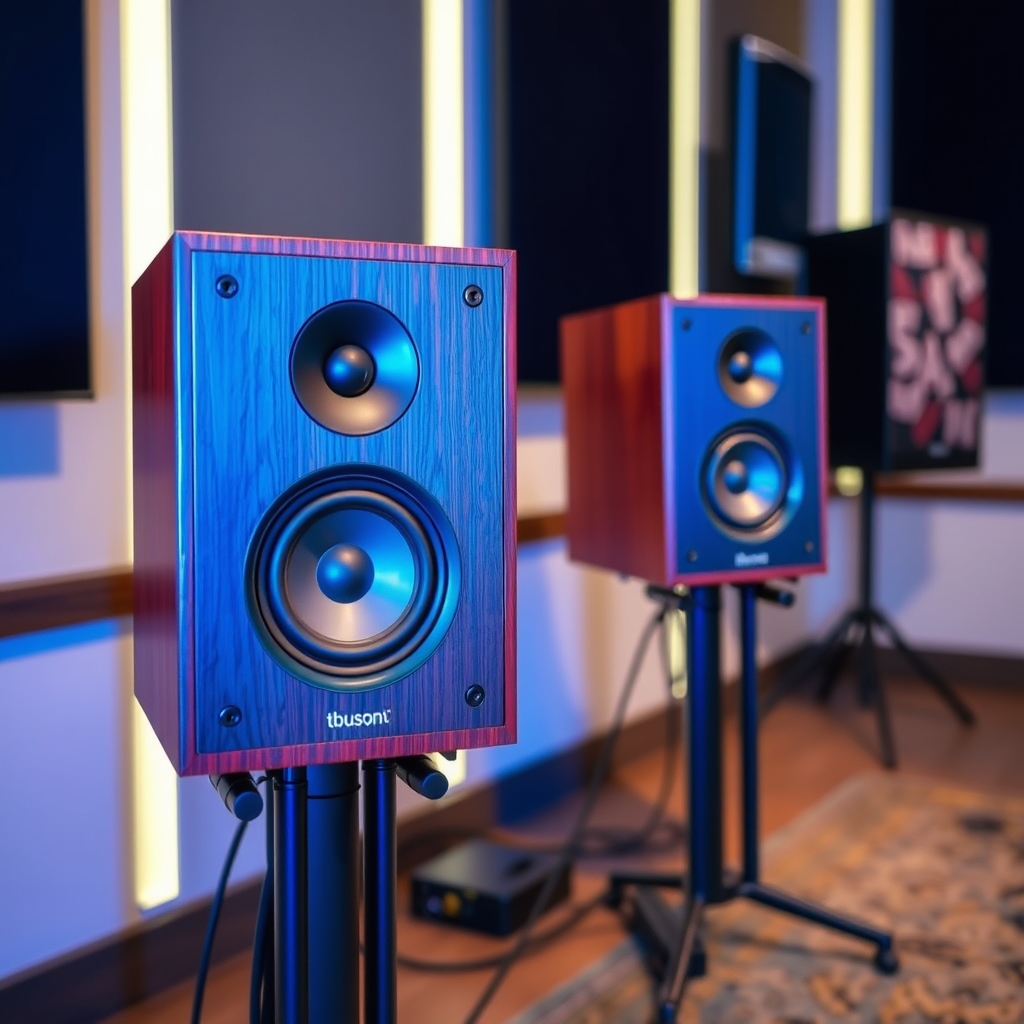
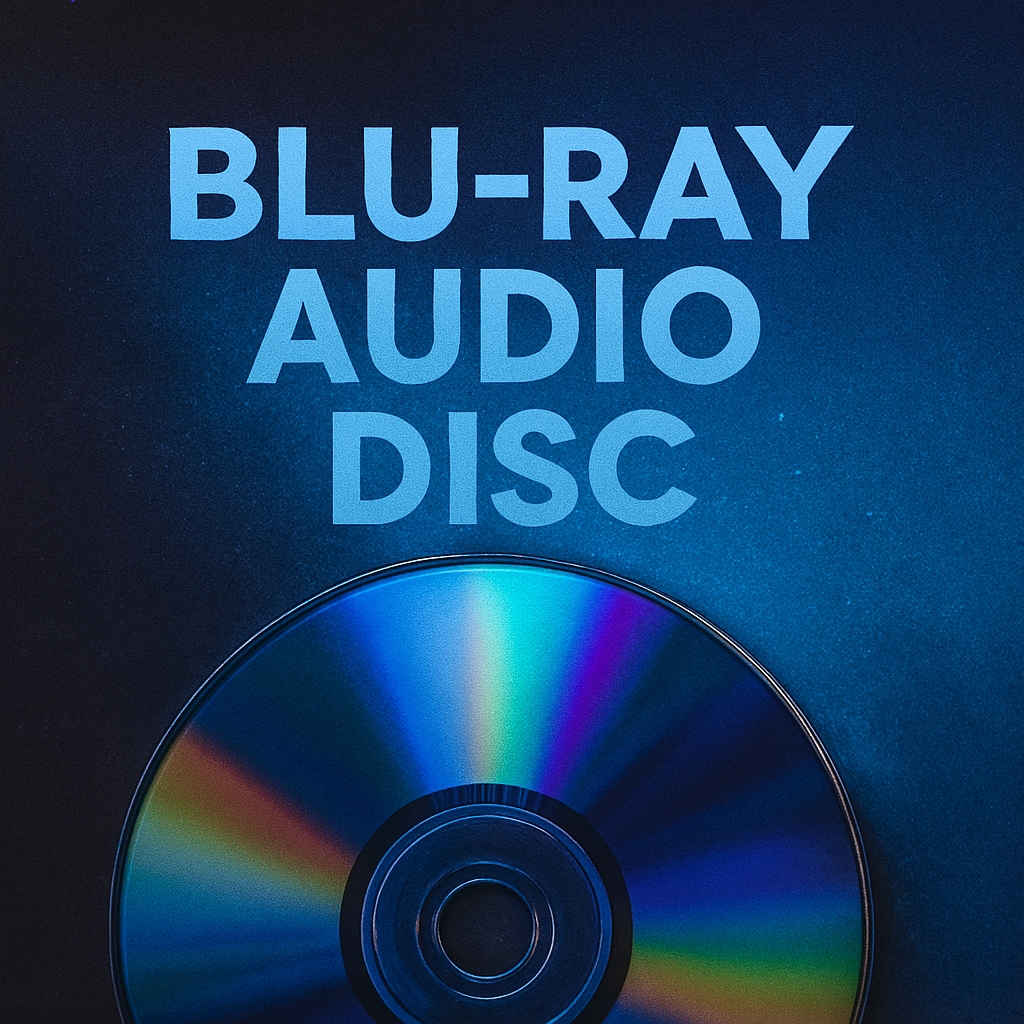
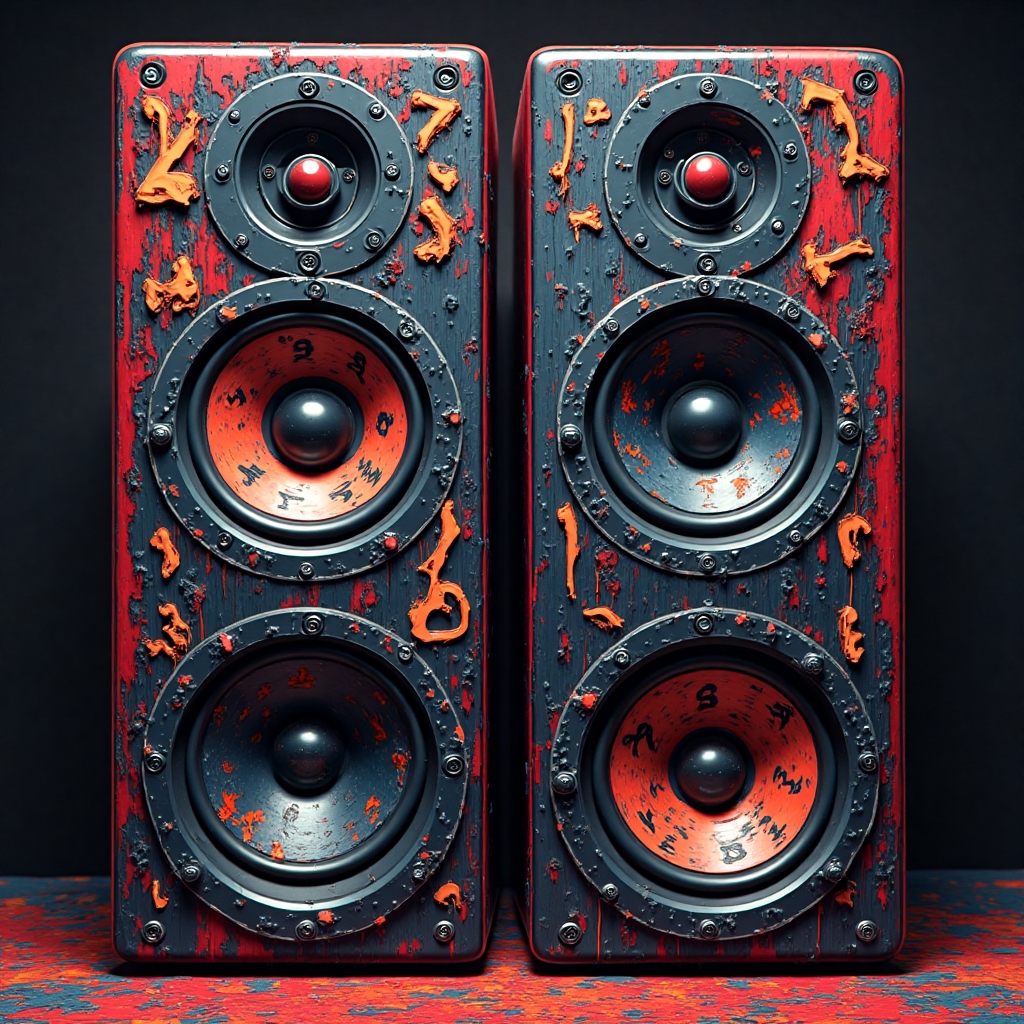

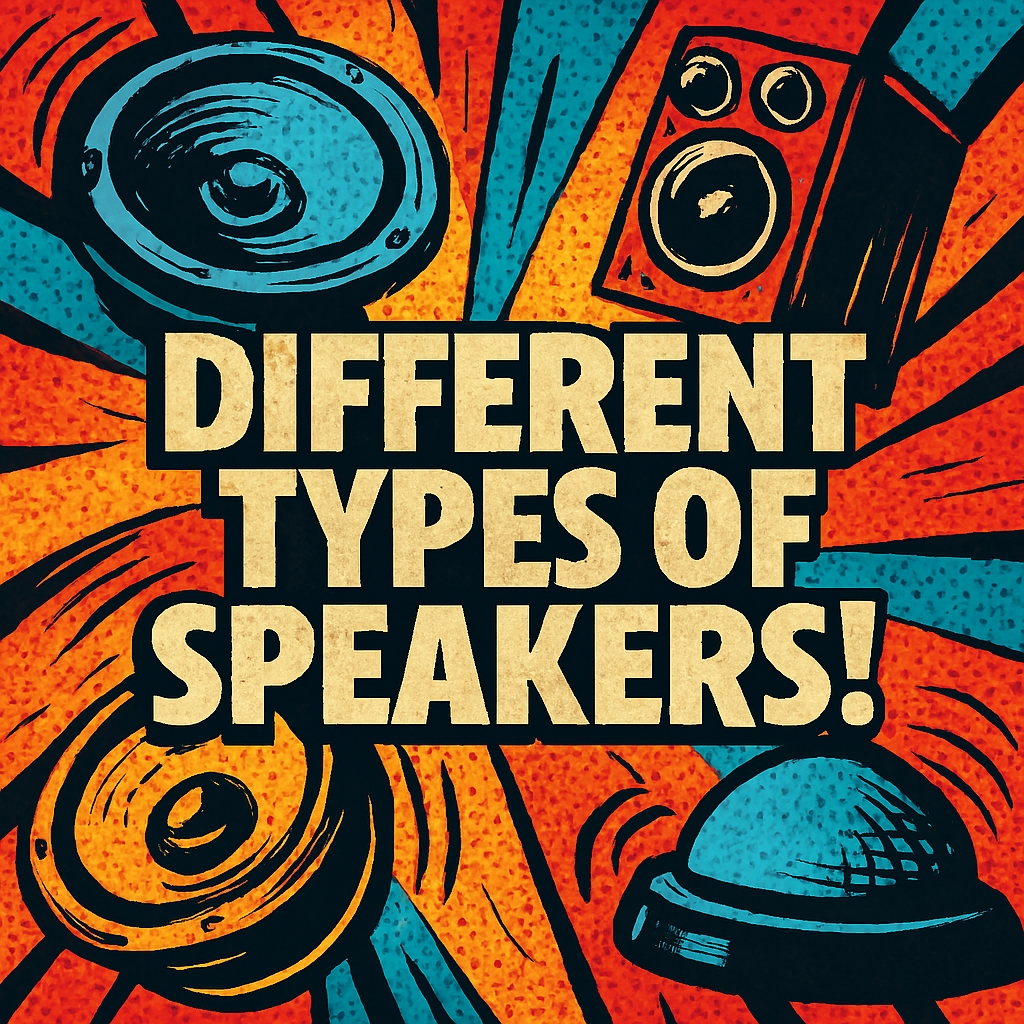
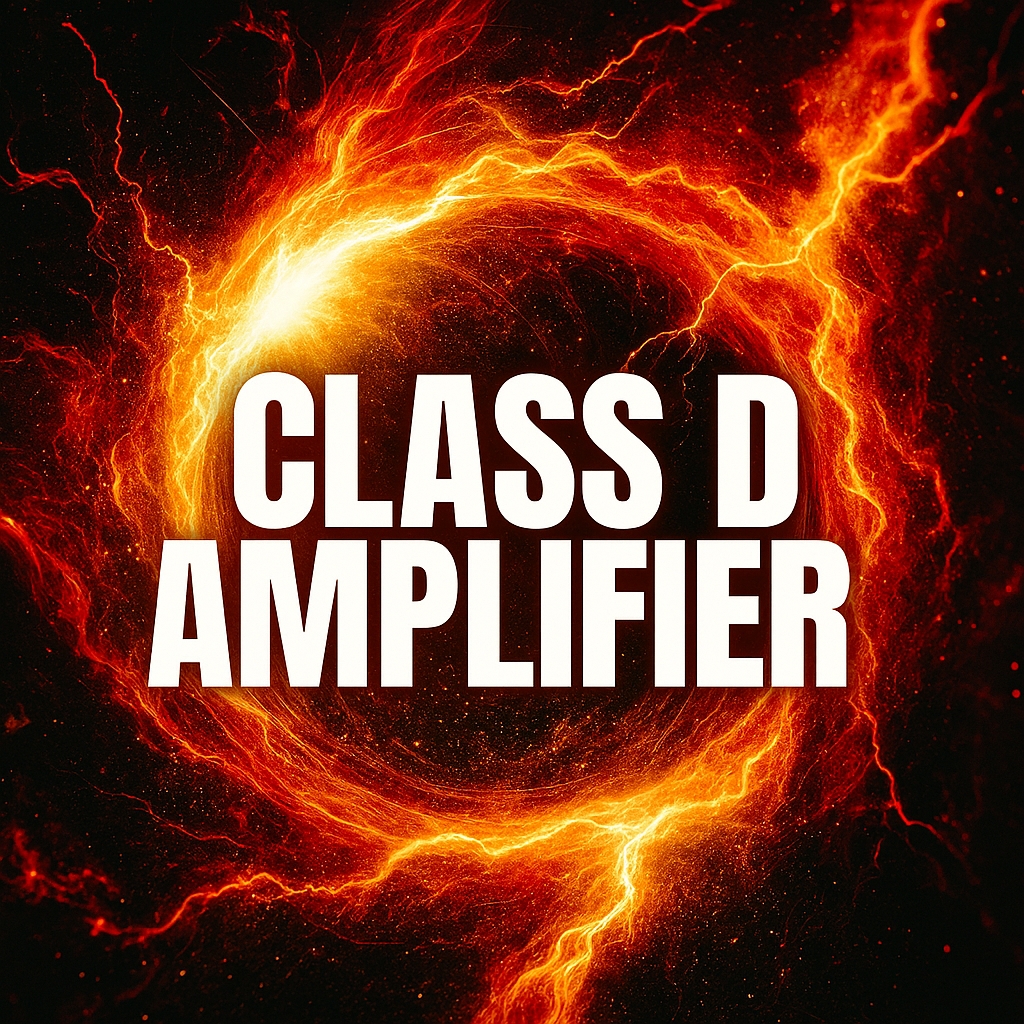
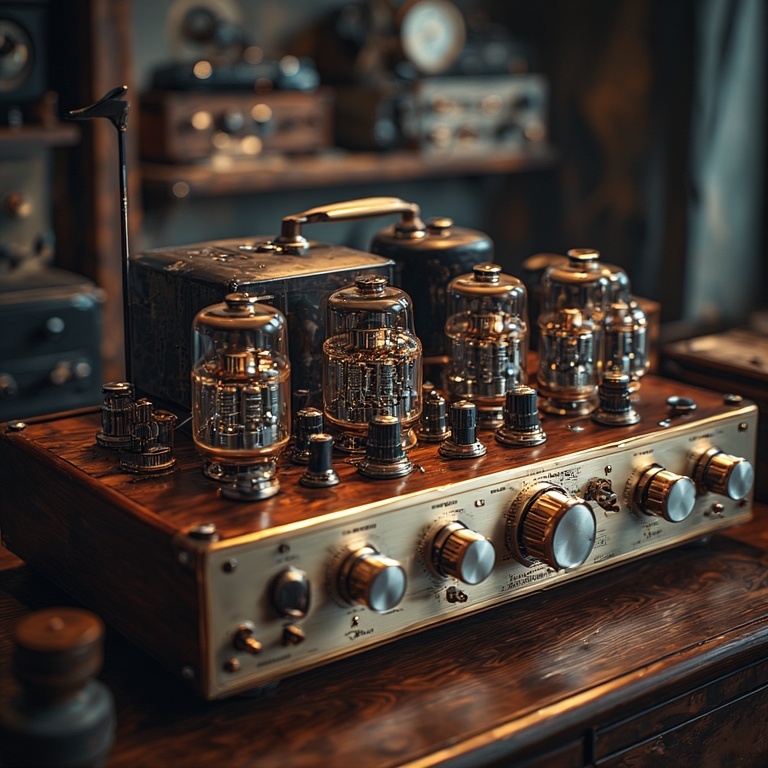





Hobart's Theatre Royal Curtains Enduring Legacy Since 1837
[…] of cultural life, attracting audiences with performances ranging from Shakespearean dramas to lively musical productions. Over the years, it has undergone several renovations to preserve its Victorian-era grandeur while […]